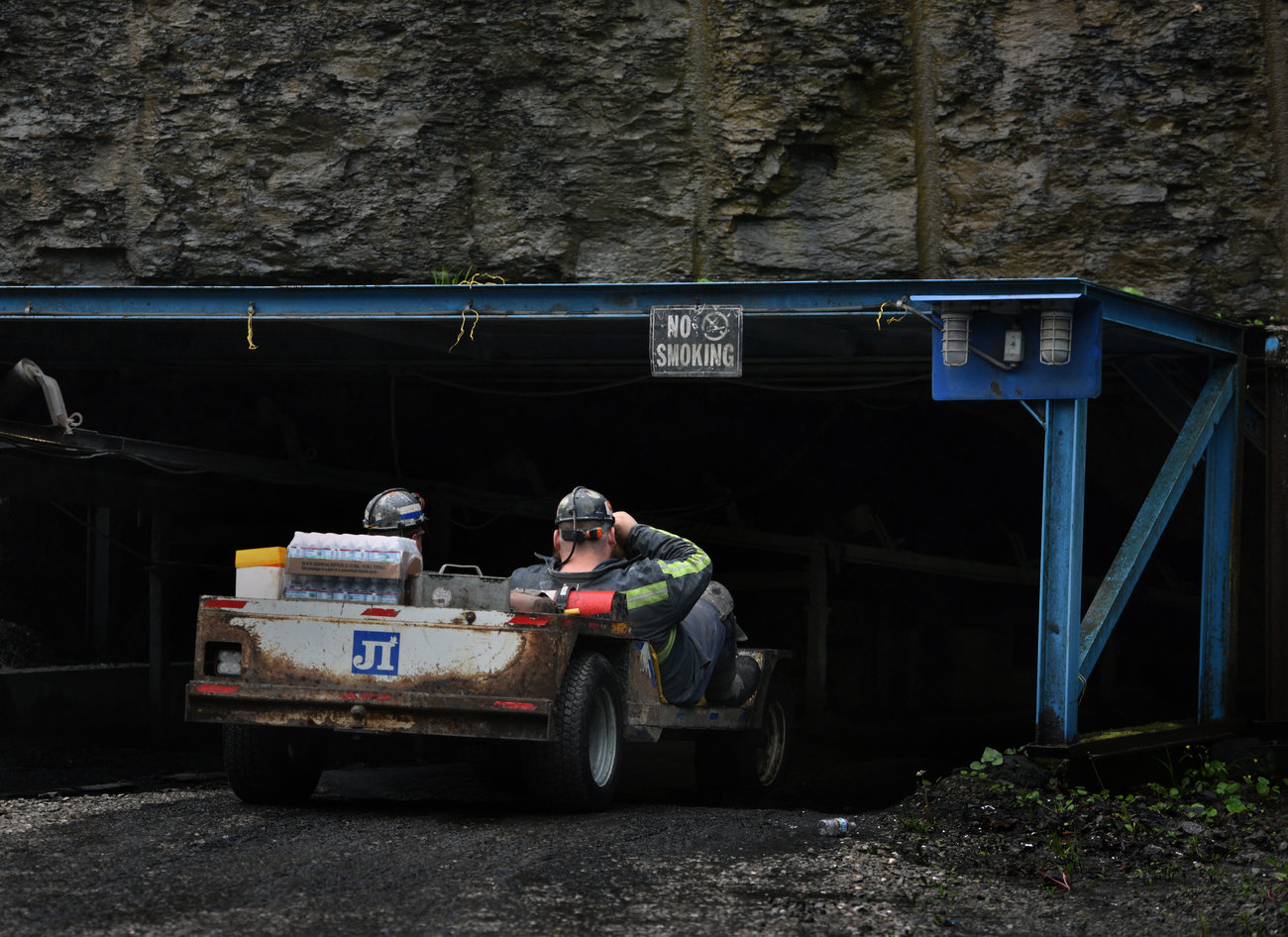CDC Purchases Pocahontas County Land For Mine Safety Research Facility

March 10, 2023 - The Centers for Disease Control and Prevention has acquired land in Pocahontas County to construct a facility for mine safety research.
The CDC’s National Institute for Occupational Safety and Health (NIOSH) is building the Underground Mine Safety and Health Research Program facility to primarily research mine explosions, alongside work on mine seals, escape and rescue protocols, refuge alternatives and ventilation, among other projects like automation technology.
It will be built in Mace, replacing a similar facility in Lake Lynn, Pennsylvania, which opened in 1982 and closed in 2012. Negotiations between NIOSH and the previous property owner for the agency to purchase the land, as well as an environmental impact statement, began in 2018. The purchased property is 465 acres.

NIOSH is building the Underground Mine Safety and Health Research Program facility to primarily research mine explosions, alongside work on mine seals, escape and rescue protocols, refuge alternatives and ventilation, among other projects like automation technology.
Photo: Carol Guzy, NPR
“The surface development is anticipated to take about 12 acres, so 453 acres will be left undisturbed, but it will contain some of our underground workings within a limestone bed,” NIOSH Deputy Associate Director for Mining George Luxbacher said.
Parts of the underground facility are designed to mimic the geometry of “room and pillar” and longwall coal mines, with the mine openings constructed in limestone. Other facilities that would emulate limestone mines and metal mines are also planned for construction.
“By constructing these mine openings in limestone, we don’t have to worry about the issues that we would have if we were to conduct these explosion testings in coal,” Luxbacher said.
Despite mine safety improvements brought on in part by the 2006 Sago, Alma and Darby mine disasters, Luxbacher says the industry still has issues that require research in unique facilities.
“This isn’t the kind of thing that you can do primarily in the laboratory, you have to be able to do it in a field environment that’s similar in conditions as to a working mine,” Luxbacher said.
The facility is expected to be completed within five years once construction begins. Design of the facility is expected to take around one year.

